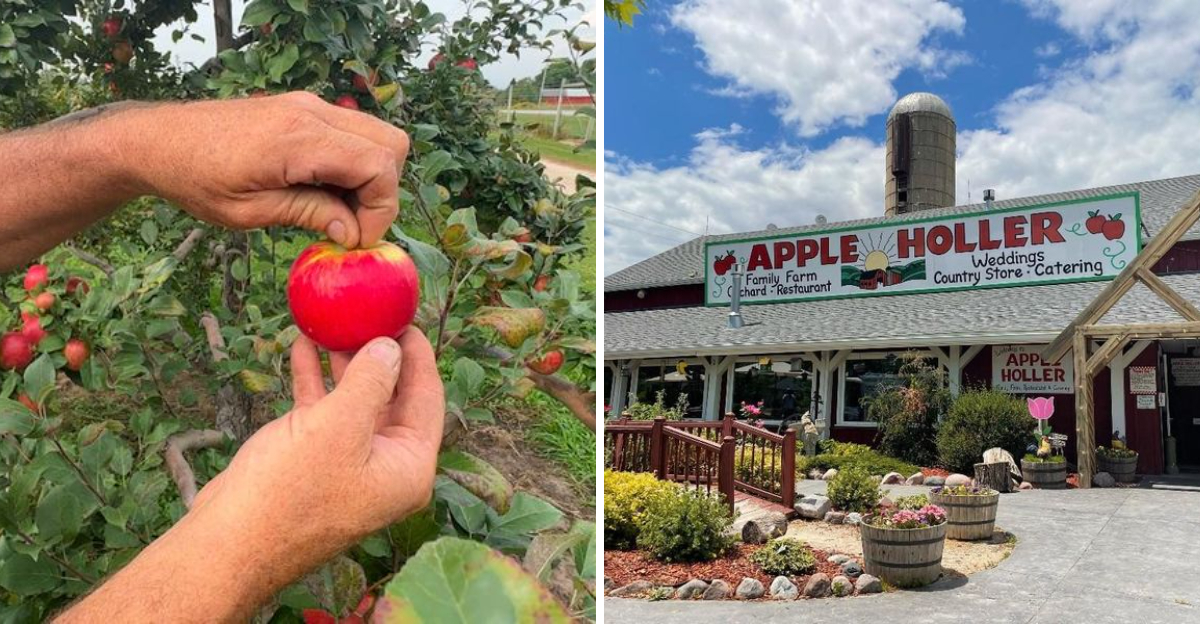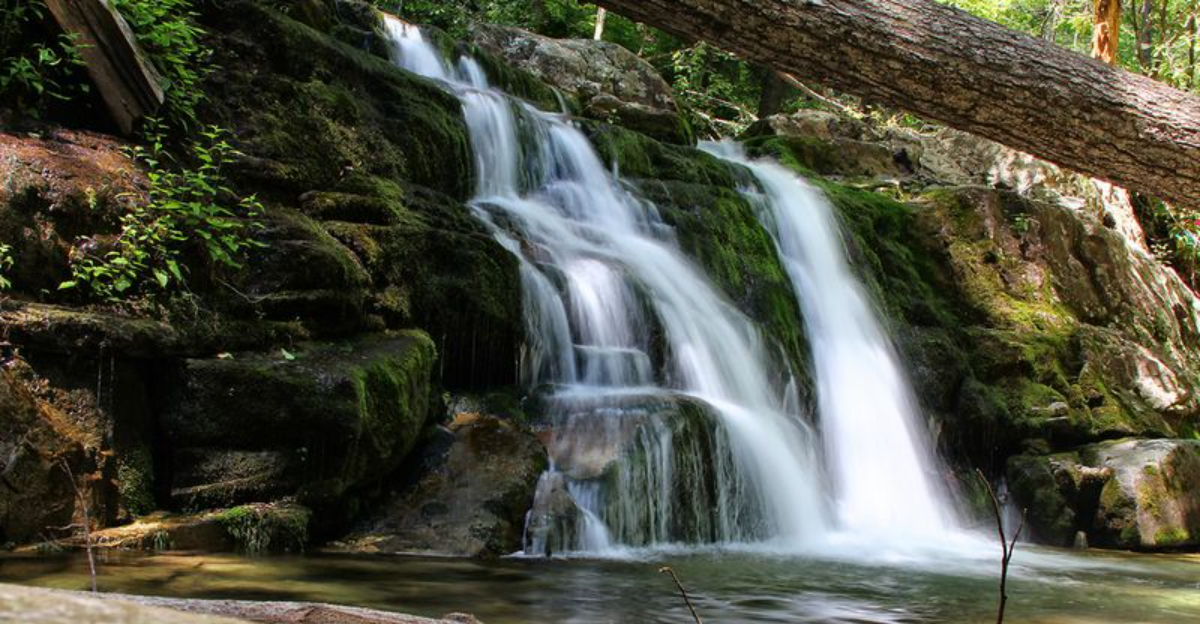New England’s Secret Haven Where Rolling Farms Meet The Sea
New England conjures images of Maine’s rocky shores, Cape Cod’s summer crowds, or Boston’s historic streets.
But there’s a quieter corner where farmland rolls down to meet the Atlantic, where stone walls guide narrow roads past villages that feel plucked from the English countryside itself.
This is the Farm Coast, a stretch straddling Massachusetts and Rhode Island that somehow escaped the tourist radar, offering travelers an authentic blend of agricultural heritage and coastal beauty.
1. Four Towns, One Unexpected Character

The Farm Coast encompasses Tiverton, Little Compton, Westport, and Dartmouth—four communities that blend agricultural heritage with coastal access in ways rarely seen elsewhere in New England.
The region sits between Bristol and New Bedford, hugging the state line where Rhode Island Sound meets working harbors and beach preserves.
What makes this area remarkable isn’t grandeur but subtlety. Hilly farmlands transition seamlessly into coastal villages. Clam shacks neighbor farm stands.
Art galleries pop up between hiking trails. Everything exists within an hour’s drive from Rhode Island T.F. Green International Airport, yet the pace feels decades removed from nearby urban centers.
2. Starting Point: Where Farm Meets Coast
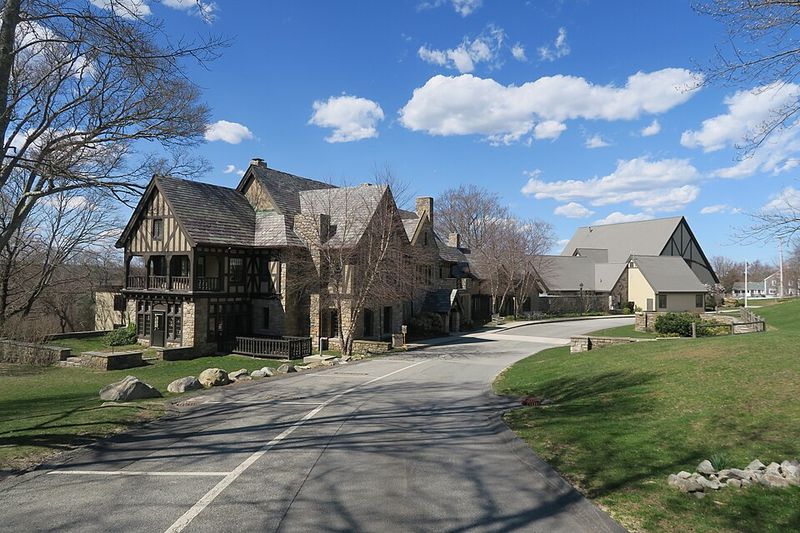
Farm & Coast Market in Dartmouth captures the region’s essence in a single establishment. Part cafe, part deli, part purveyor of local goods, this spot serves as both literal and figurative launching pad.
Visitors grab charcuterie boards featuring regional cheeses or sandwiches built from ingredients sourced within miles, then head out to discover what else this compact area offers.
The market’s popularity stems from understanding what travelers actually want: quality provisions that travel well, alongside the knowledge that better experiences await just down the road. It’s the anti-destination destination, designed to get people moving rather than lingering.
3. Beaches Worth the Detour
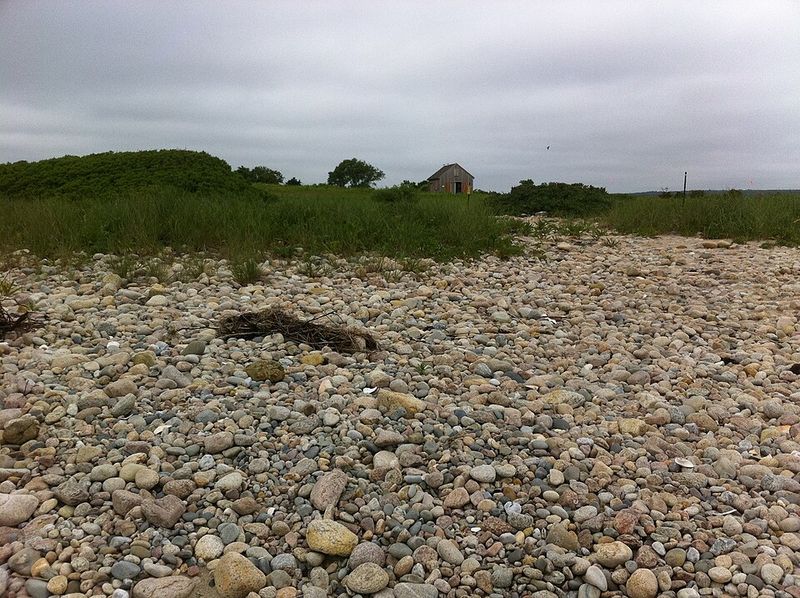
Goosewing Beach Preserve and Horseneck Beach bracket the state line, offering distinct personalities despite their proximity. These aren’t the packed, parking-challenged beaches of better-known New England destinations. Space exists here, room to walk, contemplate, and actually hear the waves over crowd noise.
The coastline facing Rhode Island Sound maintains a surprising rurality. Boats fill harbors in working ports rather than tourist marinas. Stone walls run down to water’s edges.
The scenery suggests a New England that predates mass tourism, preserved not through conscious effort but simple geography.
4. Seafood That Justifies the Journey

Evelyn’s Drive-In in Tiverton plays against expectations. The name suggests car-window service and paper-wrapped meals eaten behind steering wheels.
Instead, patio seating overlooks the waterfront while diners work through fish and chips, fried clams, or lobster rolls that taste like they left the ocean hours ago, because they probably did.
The Red Dory in Stone Bridge Village takes a different approach, offering Mediterranean-influenced seafood preparations in a casually refined setting. The nearly five-star Google rating reflects consistent execution rather than occasional brilliance.
5. Navigating Without a Plan
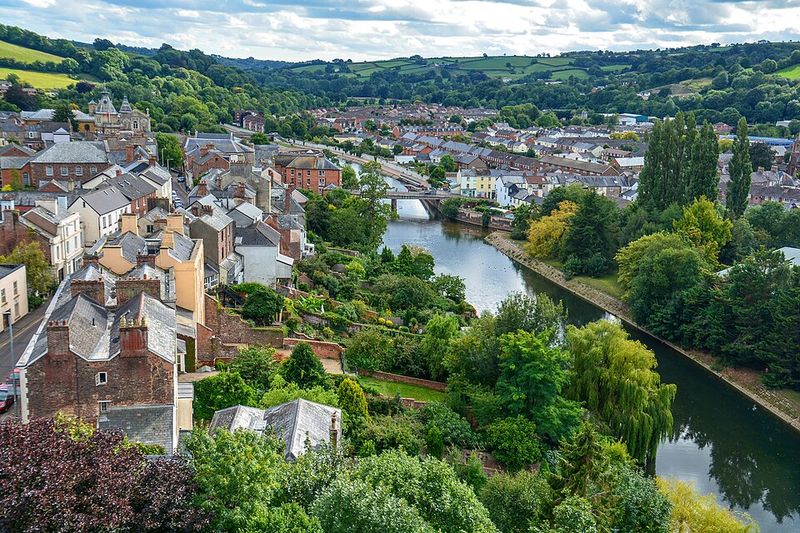
Official routes don’t exist here, which becomes the point. Narrow country roads wind through the Farm Coast in patterns that defy efficient navigation.
Travelers plot rough courses from South Dartmouth toward Tiverton, building in stops through Little Compton and Westport, then abandon those plans when farm stands, galleries, or unmarked beaches demand attention.
The drive from Boston to South Dartmouth takes slightly over an hour under ideal conditions. Adding the Tiverton leg with intentional stops extends the journey to three hours minimum, but rushing defeats the purpose. This landscape rewards meandering over efficiency, curiosity over itineraries.
6. Staying Overnight Changes Everything
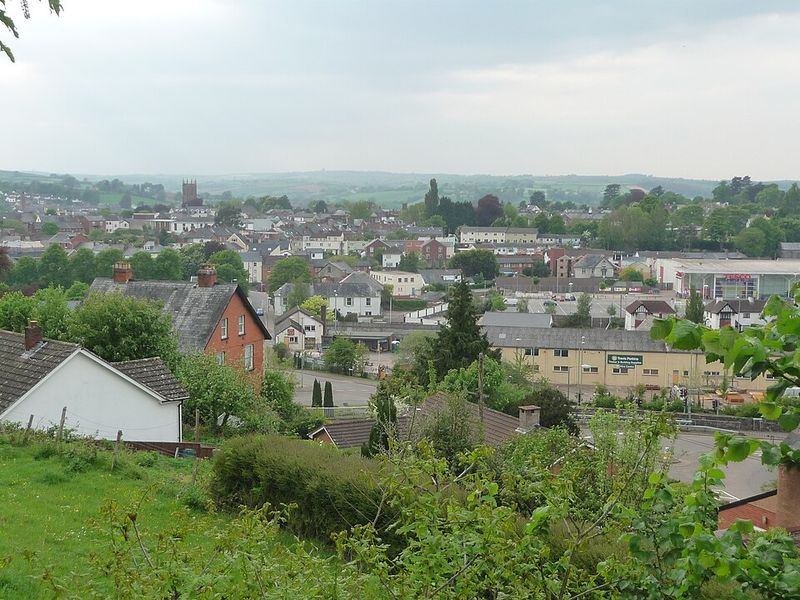
Day trips work, but overnight stays unlock the Farm Coast’s real character. Bed and breakfasts scattered throughout the region offer immersion impossible during rushed visits.
Harmony Home Farm operates as a working agricultural property with a cottage and guest room earning five-star TripAdvisor ratings. Guests wake to farm rhythms rather than alarm clocks.
Sakonnet Farm provides Airbnb options including a converted historic schoolhouse. These aren’t luxury retreats but authentic experiences that match the area’s unpretentious character.
7. Timing the Visit
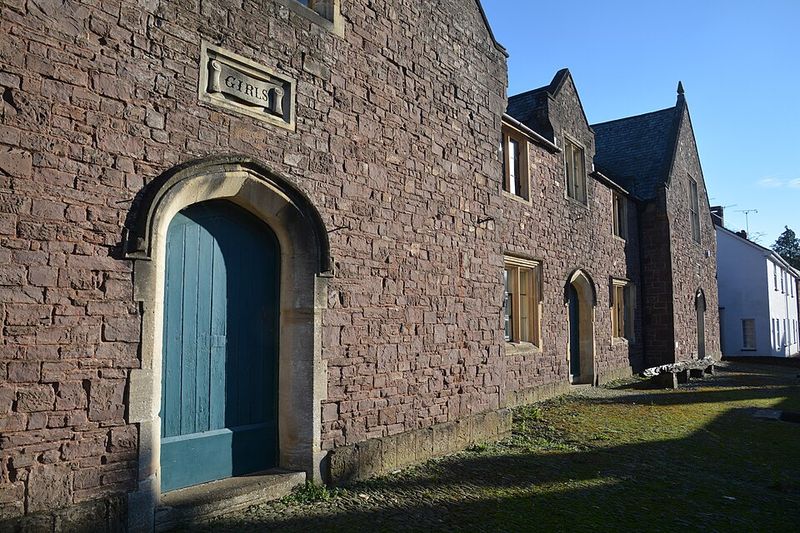
Mid-June through mid-September provides optimal conditions for beach exploration and countryside rambling. Warm temperatures, longer days, and fully operational businesses make summer the obvious choice.
But the Farm Coast functions year-round, with winter highs around 40 degrees creating different but valid experiences.
Seasonal business closures require advance research for off-season visits. That farm stand or gallery spotted on Instagram might not open until May.
Checking operating hours prevents disappointment while revealing which establishments commit to year-round service, often the best indicators of local authenticity versus summer-only tourist operations.


